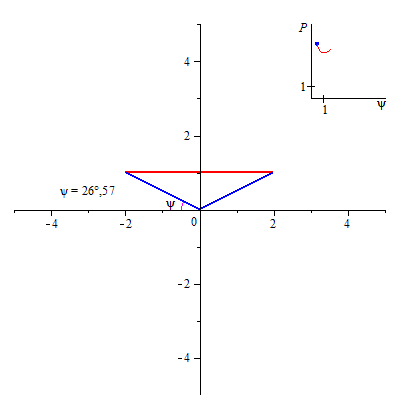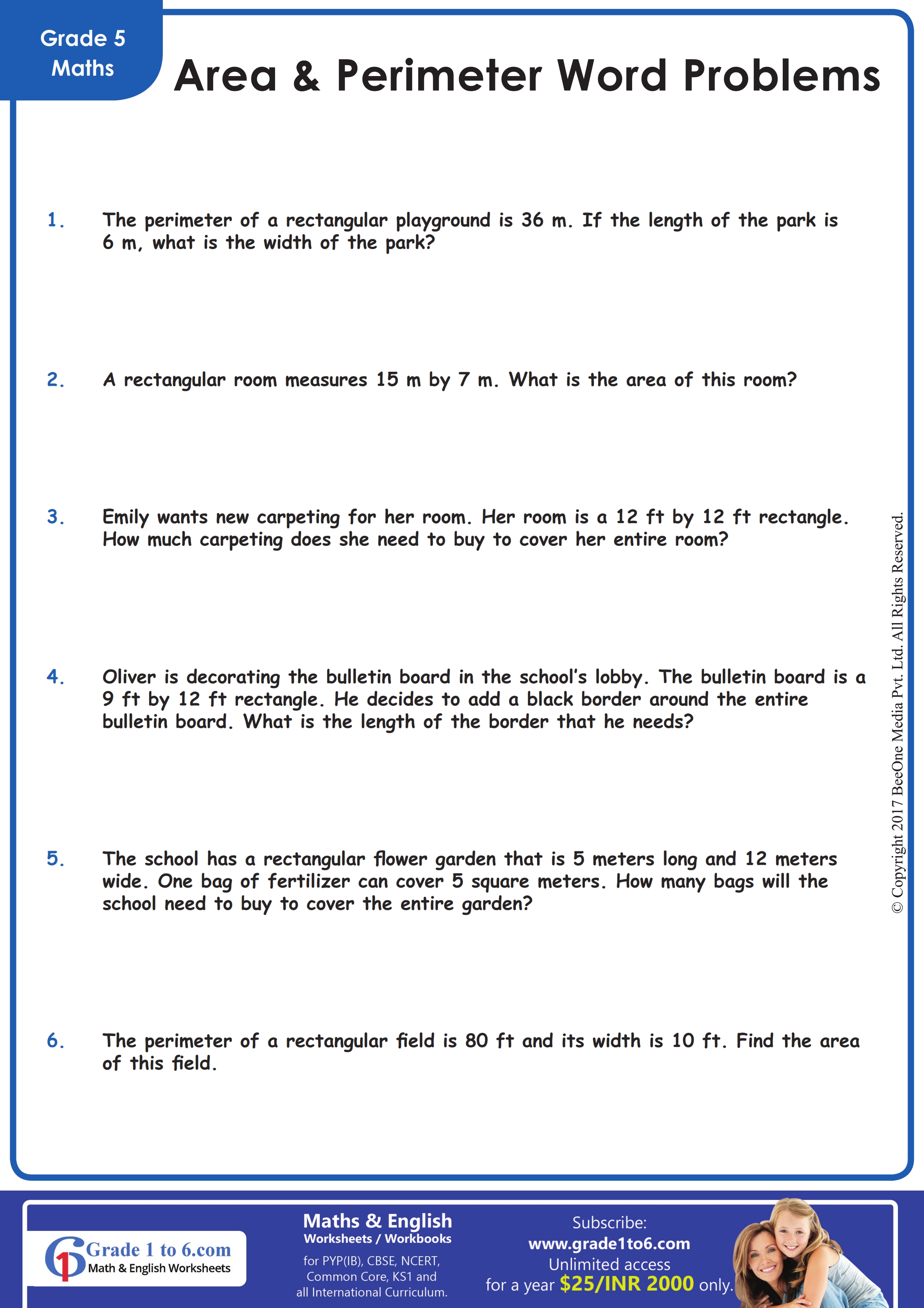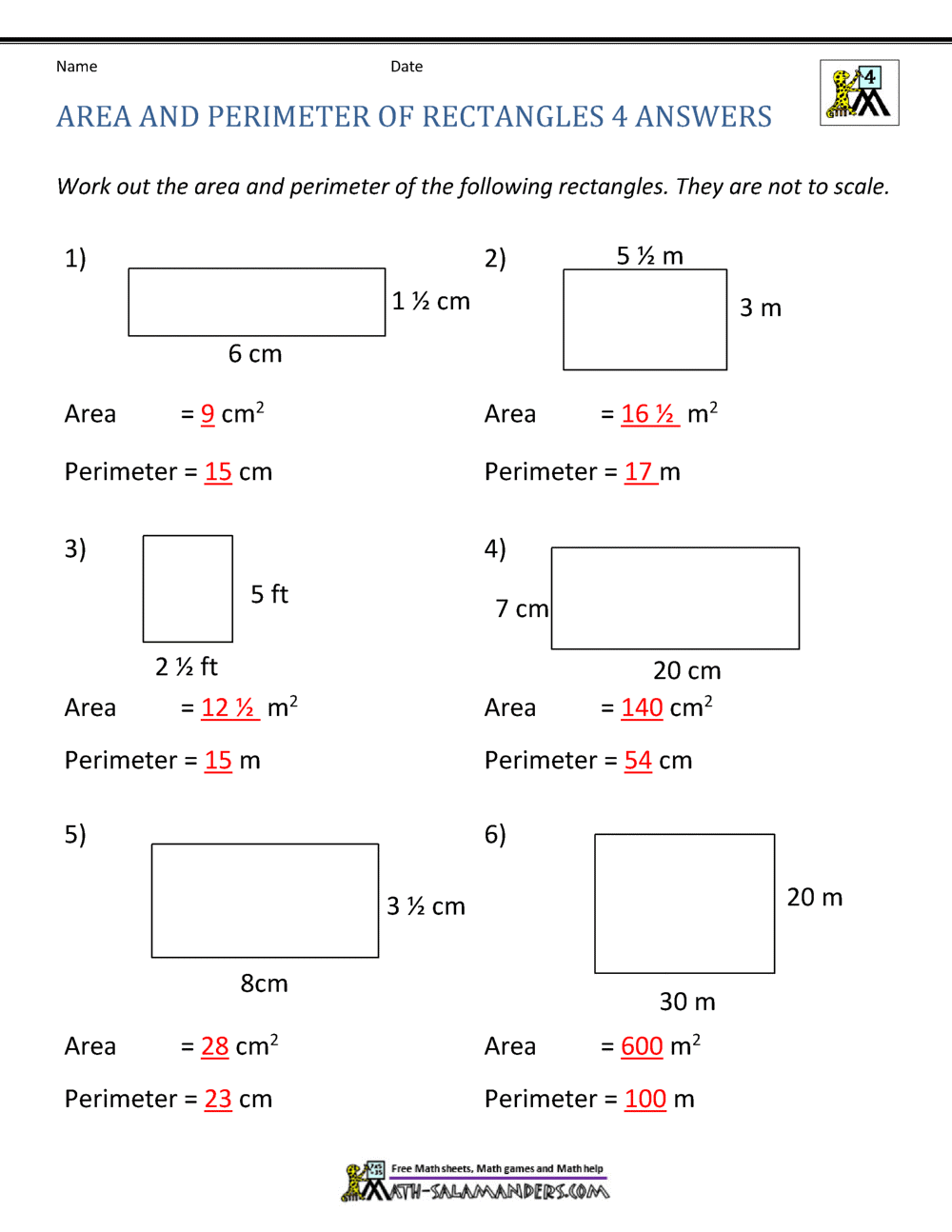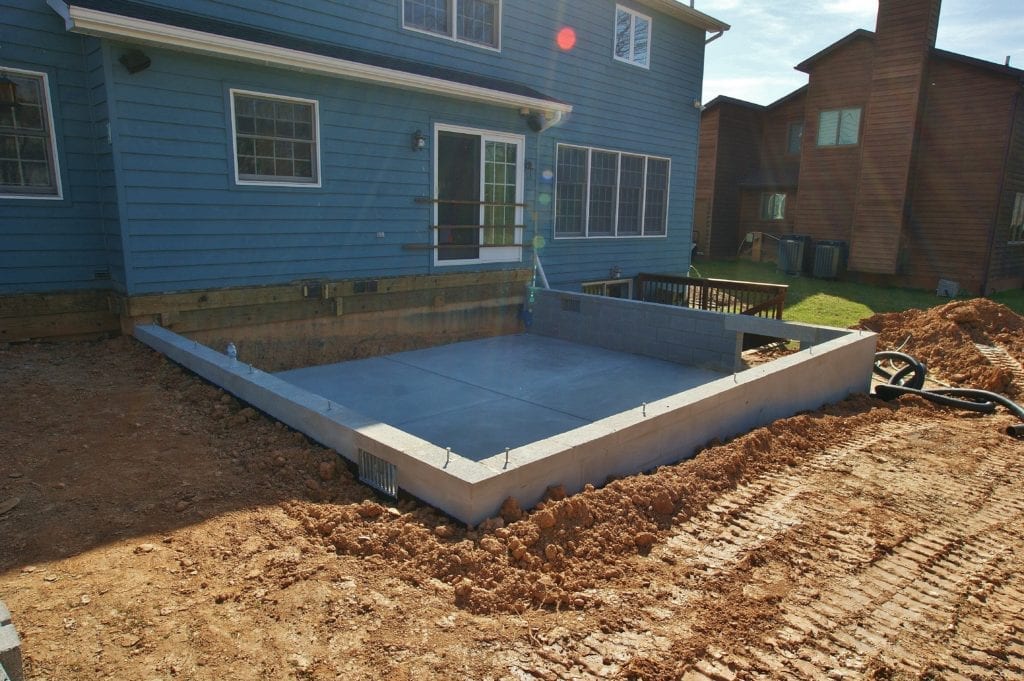Topic perimeter volleyball defense: Discover the secrets of perimeter volleyball defense and learn how to master this crucial strategy to enhance your team's performance. In this article, we will delve into the fundamentals, benefits, and techniques of perimeter defense, providing you with essential insights to outplay your opponents and secure more victories on the court.
Table of Content
- Perimeter Volleyball Defense
- Introduction to Perimeter Volleyball Defense
- Understanding Perimeter Defense Strategy
- Player Positions and Roles
- Benefits of Perimeter Defense
- Challenges and Limitations
- Techniques for Effective Perimeter Defense
- Drills and Training Exercises
- Common Mistakes to Avoid
- Adjustments and Variations
- Case Studies and Examples
- Conclusion and Best Practices
- YOUTUBE: Video này giới thiệu về phòng thủ chu vi bóng chuyền, một phương pháp hiệu quả để bảo vệ sân và chống lại các cuộc tấn công của đối thủ. Hãy xem để biết thêm chi tiết!
Perimeter Volleyball Defense
The perimeter defense in volleyball is a strategy used by teams to cover the court effectively and prevent the opposing team from scoring points. This defensive alignment focuses on positioning players around the perimeter of the court, leaving the middle area more open. This strategy is particularly effective against teams that utilize strong outside hitters and aim for deep corners.
Key Concepts
- Players are positioned near the boundaries of the court.
- The middle area is left more open, relying on quick reactions and coverage.
- This strategy is effective against deep attacks and cross-court shots.
Player Positions
The typical positioning in a perimeter defense includes:
- Left Back (LB): Positioned near the left corner of the court, responsible for covering cross-court shots from the right side hitter.
- Middle Back (MB): Positioned deep in the center, focusing on covering the deep middle of the court and assisting other players.
- Right Back (RB): Positioned near the right corner, covering shots from the left side hitter.
- Left Front (LF): Positioned near the net on the left side, ready to block and cover tips and short attacks.
- Middle Front (MF): Positioned at the net in the center, primarily responsible for blocking and quick attacks.
- Right Front (RF): Positioned near the net on the right side, covering tips and short attacks from the left side hitter.
Benefits
The perimeter defense offers several benefits:
- Improved coverage of deep and corner shots.
- Allows for quick transition from defense to offense.
- Effective against teams that use strong outside attacks.
Challenges
While the perimeter defense is effective, it also presents some challenges:
- Requires quick reaction and movement to cover the middle area.
- Vulnerable to tips and short attacks if players are not quick to respond.
- Communication and coordination are critical to ensure all areas are covered.
Mathematical Representation
The positioning and coverage in a perimeter defense can be represented mathematically to optimize player placement and movement. For example, let \( P_x \) and \( P_y \) represent the coordinates of player positions on the court:
- \( P_{LB} = (x_1, y_1) \)
- \( P_{MB} = (x_2, y_2) \)
- \( P_{RB} = (x_3, y_3) \)
- \( P_{LF} = (x_4, y_4) \)
- \( P_{MF} = (x_5, y_5) \)
- \( P_{RF} = (x_6, y_6) \)
By analyzing these coordinates and the angles of incoming attacks, teams can adjust their positions to maximize coverage and minimize gaps.
Conclusion
The perimeter defense is a strategic approach that helps volleyball teams cover the court effectively against various types of attacks. By understanding and implementing this defense, teams can improve their ability to prevent points and transition to offensive plays efficiently.

READ MORE:
Introduction to Perimeter Volleyball Defense
The perimeter volleyball defense is a strategic alignment where players are positioned around the edges of the court, focusing on covering deep corners and lines. This system is particularly effective against teams with strong outside hitters, as it maximizes court coverage and minimizes gaps. Here, we will explore the key aspects and steps to implementing an effective perimeter defense.
- Positioning: Players are placed near the boundaries of the court, typically with three back-row players and three front-row players.
- Coverage: The primary goal is to cover the deep corners and lines, forcing opponents to hit into the middle of the court where defenders can react quickly.
- Communication: Constant communication is essential to ensure all areas are covered and players can adjust their positions as needed.
- Left Back (LB): Positioned near the left corner, responsible for deep shots from the right side hitter.
- Middle Back (MB): Positioned centrally in the back row, focusing on covering the deep middle and assisting other players.
- Right Back (RB): Positioned near the right corner, covering deep shots from the left side hitter.
- Left Front (LF): Positioned near the net on the left side, ready to block and cover tips and short attacks.
- Middle Front (MF): Positioned at the net in the center, responsible for blocking and covering quick attacks.
- Right Front (RF): Positioned near the net on the right side, covering tips and short attacks from the left side hitter.
The mathematical representation of player positions can help in optimizing their placement. For example, let \( P_x \) and \( P_y \) represent the coordinates of player positions on the court:
- \( P_{LB} = (x_1, y_1) \)
- \( P_{MB} = (x_2, y_2) \)
- \( P_{RB} = (x_3, y_3) \)
- \( P_{LF} = (x_4, y_4) \)
- \( P_{MF} = (x_5, y_5) \)
- \( P_{RF} = (x_6, y_6) \)
By analyzing these coordinates and adjusting for the angles of incoming attacks, teams can effectively cover the court and minimize gaps in their defense. The perimeter defense requires teamwork, quick reactions, and strategic positioning, making it a vital component of successful volleyball play.
Understanding Perimeter Defense Strategy
The perimeter defense strategy in volleyball is designed to optimize court coverage by positioning players along the outer edges of the playing area. This approach is particularly effective against teams that rely heavily on powerful, deep attacks. Here, we will break down the key elements and steps involved in implementing an effective perimeter defense strategy.
Key Elements of Perimeter Defense
- Player Positioning: Players are strategically placed along the boundaries of the court to cover deep corners and lines.
- Coverage Zones: Each player is responsible for a specific zone, ensuring that all areas of the court are defended.
- Communication: Continuous communication is essential to adjust positions and cover potential gaps.
Steps to Implement Perimeter Defense
- Assign Positions: Determine the positions for each player based on their strengths and the opposing team's attack patterns.
- Define Coverage Areas: Clearly define the coverage areas for each player to avoid overlaps and gaps. The typical positions are:
- Left Back (LB): Covers the left deep corner and sideline.
- Middle Back (MB): Covers the deep middle area.
- Right Back (RB): Covers the right deep corner and sideline.
- Left Front (LF): Positioned at the net to block and cover short attacks on the left side.
- Middle Front (MF): Positioned at the net in the center for blocking and quick coverage of tips.
- Right Front (RF): Positioned at the net to block and cover short attacks on the right side.
- Practice Rotations: Practice rotating positions and covering each other's zones during dynamic plays to ensure seamless transitions.
- Analyze Opponents: Study the attacking patterns of opponents to anticipate their moves and adjust the defensive setup accordingly.
- Maintain Communication: Encourage constant verbal and non-verbal communication among players to coordinate movements and coverages effectively.
Mathematical Representation
The positioning and movement of players in a perimeter defense can be represented mathematically. Let \( P_x \) and \( P_y \) denote the coordinates of player positions on the court:
- \( P_{LB} = (x_1, y_1) \)
- \( P_{MB} = (x_2, y_2) \)
- \( P_{RB} = (x_3, y_3) \)
- \( P_{LF} = (x_4, y_4) \)
- \( P_{MF} = (x_5, y_5) \)
- \( P_{RF} = (x_6, y_6) \)
By analyzing these coordinates and the angles of incoming attacks, teams can optimize their positioning to maximize coverage and minimize defensive gaps. This strategic placement requires teamwork, agility, and precise communication, making the perimeter defense a critical component of a successful volleyball strategy.
Player Positions and Roles
In a perimeter volleyball defense, each player has specific positions and roles that are crucial for effective court coverage. Understanding these roles helps in maximizing defensive efficiency and minimizing gaps. Here is a detailed breakdown of player positions and their respective responsibilities.
Back Row Players
- Left Back (LB): Positioned near the left deep corner, responsible for covering cross-court attacks from the right side hitter and deep line shots. This player needs to have strong defensive skills and quick reflexes.
- Middle Back (MB): Positioned centrally in the back row, covering the deep middle area of the court. This player assists in covering both sidelines and must be quick to move and react to tips and off-speed shots.
- Right Back (RB): Positioned near the right deep corner, responsible for defending cross-court attacks from the left side hitter and deep line shots. Similar to the LB, this player needs to have excellent defensive capabilities and agility.
Front Row Players
- Left Front (LF): Positioned near the net on the left side, this player is responsible for blocking the opposing right side hitter and covering tips and short attacks. The LF should have strong blocking skills and the ability to transition quickly between blocking and attacking.
- Middle Front (MF): Positioned at the net in the center, primarily responsible for blocking the middle hitter and covering quick attacks. The MF needs to have excellent blocking timing and the ability to read the setter’s intentions.
- Right Front (RF): Positioned near the net on the right side, this player covers the opposing left side hitter and is responsible for blocking and covering tips and short attacks. The RF should have strong blocking skills and quick reflexes.
Mathematical Representation
The positions of the players can be represented mathematically to optimize their placement on the court. Let \( P_x \) and \( P_y \) represent the coordinates of player positions:
- \( P_{LB} = (x_1, y_1) \)
- \( P_{MB} = (x_2, y_2) \)
- \( P_{RB} = (x_3, y_3) \)
- \( P_{LF} = (x_4, y_4) \)
- \( P_{MF} = (x_5, y_5) \)
- \( P_{RF} = (x_6, y_6) \)
By analyzing these coordinates and understanding the angles of incoming attacks, teams can strategically position players to maximize coverage and minimize defensive gaps. This requires strong teamwork, communication, and the ability to quickly adapt to the opposing team's offensive strategies.
Benefits of Perimeter Defense
The perimeter defense strategy in volleyball offers numerous advantages that enhance a team’s ability to effectively cover the court and counteract the opposing team’s attacks. Here are the key benefits of employing a perimeter defense:
- Enhanced Court Coverage: By positioning players along the outer edges of the court, the perimeter defense maximizes coverage of deep corners and sidelines, making it difficult for opponents to find open spots.
- Effective Against Powerful Attacks: This strategy is particularly effective against teams with strong outside hitters, as it places defenders in positions to intercept powerful, deep attacks and cross-court shots.
- Improved Reaction Time: With players already positioned near the back row, they can react more quickly to deep balls and adjust to different angles of attack, reducing the chances of being caught off guard.
- Flexibility in Defense: The perimeter defense allows for quick adjustments and shifts in positioning, enabling players to cover tips, short attacks, and off-speed shots more efficiently.
- Encourages Team Communication: Successful implementation of the perimeter defense relies heavily on constant communication among players, fostering teamwork and coordination.
- Balanced Defensive Structure: This defensive setup ensures that all areas of the court are adequately covered, preventing the formation of significant gaps that attackers can exploit.
- Seamless Transition to Offense: With players well-positioned around the court, transitioning from defense to offense becomes smoother and more efficient, allowing for quicker counterattacks.
Mathematical Representation of Coverage
The effectiveness of the perimeter defense can be analyzed using mathematical representations. Let \( P_x \) and \( P_y \) denote the coordinates of player positions:
- \( P_{LB} = (x_1, y_1) \)
- \( P_{MB} = (x_2, y_2) \)
- \( P_{RB} = (x_3, y_3) \)
- \( P_{LF} = (x_4, y_4) \)
- \( P_{MF} = (x_5, y_5) \)
- \( P_{RF} = (x_6, y_6) \)
By analyzing these coordinates and evaluating the angles of potential attacks, teams can optimize their defensive alignment to maximize coverage and minimize vulnerabilities. This mathematical approach helps in fine-tuning player positions and enhancing overall defensive effectiveness.
Overall, the perimeter defense is a robust and dynamic strategy that significantly enhances a team’s defensive capabilities, providing a strong foundation for a successful volleyball game.
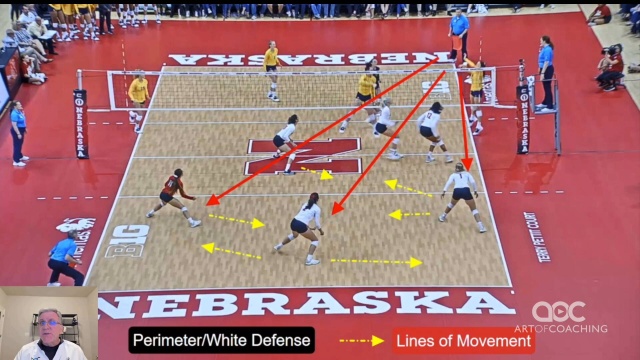
Challenges and Limitations
While the perimeter volleyball defense offers numerous benefits, it also comes with its own set of challenges and limitations. Understanding these can help teams prepare better and adjust their strategies accordingly. Here are some key challenges and limitations of the perimeter defense:
- Vulnerability to Short Attacks: The perimeter defense places players near the edges of the court, which can leave the middle area vulnerable to tips, dinks, and other short attacks.
- Increased Dependence on Quick Reactions: Players need to react quickly to cover the gaps, especially in the middle. Slow reactions can result in missed defensive opportunities.
- Communication and Coordination: Effective implementation requires constant communication and perfect coordination among players. Any breakdown in communication can lead to defensive lapses.
- Physical and Mental Fatigue: The constant need to adjust positions and cover gaps can lead to physical and mental fatigue over the course of a match, affecting performance.
- Complexity in Rotations: Transitioning between different defensive formations during dynamic plays can be complex, requiring players to be highly aware and adaptable.
- Training and Practice: Mastering the perimeter defense requires significant training and practice. Teams need to invest time in drills and simulations to perfect their defensive strategies.
Mathematical Considerations
Mathematical analysis can help in understanding and addressing some of these challenges. For instance, player positions can be represented as coordinates \( P_x \) and \( P_y \) to optimize their placement:
- \( P_{LB} = (x_1, y_1) \)
- \( P_{MB} = (x_2, y_2) \)
- \( P_{RB} = (x_3, y_3) \)
- \( P_{LF} = (x_4, y_4) \)
- \( P_{MF} = (x_5, y_5) \)
- \( P_{RF} = (x_6, y_6) \)
Analyzing these coordinates and evaluating the angles of incoming attacks can help in fine-tuning player positions and improving reaction times. This mathematical approach aids in minimizing the vulnerabilities and enhancing the overall effectiveness of the perimeter defense.
In conclusion, while the perimeter defense is a powerful strategy, it requires meticulous planning, constant practice, and effective communication to overcome its challenges and limitations. By addressing these issues proactively, teams can leverage the full potential of this defensive strategy.
Techniques for Effective Perimeter Defense
Effective perimeter defense in volleyball involves a strategic approach to player positioning, movement, and coordination to cover the court's edges and defend against powerful attacks. Here are some key techniques for implementing an effective perimeter defense:
-
Player Positioning:
In perimeter defense, players are positioned along the edges of the court. Typically, two blockers are at the net, while four defenders cover the backcourt. This formation helps protect against deep attacks and provides extensive backcourt coverage.
-
Blocking Techniques:
Blocking is a crucial aspect of perimeter defense. Players should focus on the following blocking techniques:
- Identify Attackers: Recognize the angle and position of the ball to anticipate the attack.
- Hand Positioning: Keep hands up with fingers spread wide to create a large blocking surface.
- Penetrate the Net: Ensure hands and arms penetrate over the net to block the ball effectively.
-
Defensive Coordination:
Coordination between blockers and back-row defenders is essential. Blockers should communicate with diggers to cover the areas behind and around the block.
-
Reading the Opponent:
Defenders must be adept at reading the opponent's setters and hitters. Recognize different types of sets (e.g., outside set, inside set) and anticipate the likely attack angles.
-
Footwork and Movement:
Proper footwork is vital for effective perimeter defense. Players should use lateral and crossover steps to move quickly and maintain a defensive stance. Key footwork techniques include:
- Two-Step Lateral: A quick side-step movement to align with the attacker.
- Three-Step Crossover: A more complex move involving crossing one foot over the other to cover more ground.
-
Attitude and Mentality:
A positive attitude and strong defensive mentality are crucial. Players must stay focused, disciplined, and communicate effectively with teammates.
Implementing these techniques can significantly enhance your team's perimeter defense, making it more challenging for opponents to score points.
Drills and Training Exercises
To enhance the effectiveness of your perimeter volleyball defense, incorporating a variety of drills and training exercises is essential. Below are some detailed drills designed to improve different aspects of your defensive skills:
1. Shuffle and Pass Drill
This drill focuses on improving footwork and passing accuracy.
- Players shuffle laterally across the court.
- As they move, a coach or partner tosses the ball to them.
- Players pass the ball back with controlled passes, focusing on maintaining proper form.
2. Digging Drills
These drills help players develop their digging skills against spiked or served balls.
- Partner Pepper Drill: Players alternate between spiking and digging with a partner.
- Deep Court Digging: Players practice digging balls aimed at the back of the court to improve range and reaction time.
3. Blocking Drills
Enhance blocking skills with these drills.
- Wall Blocks: Players practice their blocking form against a wall, focusing on proper hand positioning and timing.
- Live Blocking: Players block against hitters in a live scenario, simulating game situations to improve reading the offense.
4. Reaction Time Training
Improve reaction time with partner drills.
- Partners toss balls randomly to different areas of the court.
- Players must react quickly to reach and pass the ball accurately.
5. Dive and Roll Drill
This drill helps players practice reaching low and wide balls while maintaining control.
- Players dive to make initial contact with the ball using a one-armed dig motion.
- After making contact, players roll to control the ball and direct it to the intended target.
6. Scenario-Based Drills
Simulate game-like situations to enhance defensive awareness and positioning.
- Rotational Defense: Players rotate through different defensive positions to practice covering all areas of the court.
- Scenario-Based Defense: Specific game situations are created, and players must react accordingly, enhancing their ability to anticipate and respond to plays.
7. Communication Exercises
Focus on developing strong communication skills among teammates.
- Practice calling out the ball’s location and signaling intentions.
- Enhance verbal and non-verbal communication to foster a collaborative defense.
8. Consistency and Progress Tracking
Monitor performance to ensure continuous improvement.
- Keep a training journal to track improvements in footwork, reaction time, and overall defensive capabilities.
- Regularly reassess strengths and areas for improvement, adapting the training regimen accordingly.
9. Injury Prevention Measures
Include warm-up routines and cooldown exercises to maintain flexibility and reduce injury risk during high-impact drills like diving and rolling.
10. Adapting Drills for Varied Skill Levels
Tailor drills to accommodate players of different skill levels, encouraging a supportive environment where advanced players can mentor beginners.
By incorporating these drills into your training regimen, you can develop a robust perimeter defense that is well-prepared to handle various game situations effectively.
Common Mistakes to Avoid
Understanding and avoiding common mistakes is crucial for effective perimeter volleyball defense. Here are some key mistakes to watch out for and strategies to correct them:
-
Misjudging the Ball's Trajectory:
One common error is misjudging the ball's path. Defenders must anticipate the ball's direction and position themselves accordingly. Consistent practice with different attack angles can help improve this skill.
-
Poor Communication:
Lack of communication among teammates often leads to missed balls and defensive breakdowns. Establish clear communication protocols and use consistent signals to ensure everyone is aware of their responsibilities.
-
Incorrect Stance and Posture:
Standing too upright or in a stationary position can limit movement. Players should adopt a low, balanced stance, ready to move quickly in any direction. Regular drills focusing on agility and posture can help correct this issue.
-
Not Tracking the Opponent's Key Hitter:
Failing to identify and focus on the opponent's most dangerous hitter can result in missed opportunities to block or dig effectively. Defenders should always be aware of the primary attackers and adjust their positions to counteract them.
-
Overreliance on One Defensive Strategy:
Sticking to a single defensive formation can make the team predictable. It's important to be versatile and adapt defensive strategies based on the opponent's play style and game situation.
-
Improper Hand Positioning During Blocks:
Incorrect hand positioning can weaken blocks. Hands should be kept high and wide, with fingers spread out to cover more area and create a stronger block. Drills that focus on hand positioning and blocking technique can improve this skill.
-
Failure to Cover Off-Speed Shots:
Many defenders are caught off guard by off-speed shots or tips. Players should be trained to react quickly to these types of attacks and adjust their positioning to cover them effectively.
-
Inconsistent Footwork:
Inconsistent or incorrect footwork can limit a player's ability to cover the court. Drills that emphasize proper footwork and quick, balanced movements can help correct this mistake.
By focusing on these common mistakes and implementing corrective strategies, teams can enhance their perimeter defense and become more effective at preventing opponents from scoring.

Adjustments and Variations
Effective perimeter defense in volleyball requires constant adjustments and variations to respond to the dynamic nature of the game and the strategies of the opposing team. Here are some key adjustments and variations to enhance your team's perimeter defense:
1. Scouting and Understanding Opponent Rotation
Scouting the opposing team meticulously is essential to understand their playing patterns and strategies. By studying each player's position and rotation, coaches can predict their likely moves, allowing for dynamic adjustments in defense.
2. Identifying Attacker Approach
Analyze the approach of the opponent’s attackers. Adjust your blocker positions based on their preferred shots, such as aiming for line or cross-court hits. This helps in effectively blocking or directing the attacks towards your prepared defenders.
3. Blocker and Digger Coordination
Blockers and diggers should work in unison. Blockers aim to deflect powerful hits, while diggers must be positioned to anticipate and react to where the ball is likely to land after being deflected.
4. Adjusting Defensive Formations
Be ready to change defensive strategies mid-game based on the effectiveness of the current plan and the opponents' adjustments. This might involve shifting from a perimeter defense to other formations as needed. Flexibility is crucial in maintaining an effective defense.
5. Communication and Teamwork
Effective communication and teamwork are crucial in adjusting your defense. Players should constantly communicate on the court, making quick decisions based on the unfolding game. This includes signaling potential threats and coordinating movements to cover the court effectively.
6. Reading Opponents and Anticipating Moves
Develop the skill to read opponents, anticipating their next moves. This involves observing body language, playing style, and shot selection. Understanding these cues helps in positioning and reacting effectively during the game.
7. Flexibility and Adaptation
A flexible approach is essential. Be ready to change defensive strategies based on the game’s flow. This might involve shifting from perimeter defense to other formations as needed. Flexibility ensures your defense remains robust against various offensive strategies.
8. Drills for Enhancing Adjustments
- Shadow Drills: Practice footwork and positioning without using a ball to perfect movements and transitions.
- Perimeter Defense Drill: Focus on defending against attacks from all angles and covering more ground on the court.
- Deep Corner Defense Drill: Target the defense of deep corners by having players move quickly to make defensive plays.
- The Cross Court Chase Drill: Improve lateral movement and the ability to chase down balls hit across the court.
- The Chaos Drill: Create a high-pressure situation with random attacks, requiring the defending team to adjust quickly and make successful plays.
These adjustments and variations will help your team maintain a strong and adaptive perimeter defense, ensuring better coverage and response to the opponent’s offensive strategies.
Case Studies and Examples
Understanding perimeter volleyball defense through case studies and examples can provide valuable insights into how teams effectively implement and adapt this defensive strategy. Here are detailed examples of successful perimeter defenses in various scenarios:
Case Study 1: High School Championship Team
In the 2015 Kansas Class 5A state championship, the St. James Academy team, coached by Nancy Dorsey, utilized a perimeter defense to great effect. The team, characterized by small blockers and quick athletes, adjusted their base defense to ensure optimal positioning. Key aspects included:
- Base Positioning: Players started in a low, ready position with knees bent and hands out front, constantly moving to adjust to the play.
- Reaction to Attack: When the opposing hitter was attacking, players would stop, get low, and prepare to dig, prioritizing a good touch over precise positioning.
- Coverage: The defense was strong against hard spikes with four diggers covering these attacks effectively.
Case Study 2: College Team's Adaptation
A prominent college volleyball team faced challenges with tips and off-speed shots. To counter this, they adapted their perimeter defense with the following adjustments:
- Positional Adjustments: The middle back player positioned on the endline, aligning with the hitter's approach to cover attacks over the block.
- Wing Coverage: The rightback and leftback players positioned outside the blockers' shoulders, ready to react to both attacks and tips by moving forward and maintaining parallel coverage.
- Front Row Contribution: The front row players, especially the leftside blocker, shifted to cover sharp angle spikes and middle tips, ensuring comprehensive coverage.
Example: Defensive Setup Against Different Attacks
Teams often adjust their perimeter defense based on the hitter's position:
- Rightside Attack:
- Middle back positions on the endline in line with the hitter's approach.
- Rightback and leftback cover sidelines, adjusting to the hitter's intentions.
- Leftside blocker covers sharp angles and tips to the middle.
- Leftside Attack:
- Middle back adjusts position based on set height and attack potential.
- Rightback and leftback maintain positions to dig or react to tips.
- Rightside blocker supports with sharp angle coverage and middle tip adjustments.
- Middle Attack:
- Double block by leftside and middle blockers for effective coverage.
- Rightback and leftback adjust based on the attack or tip, ensuring endline and sideline coverage.
These examples highlight the flexibility and adaptability required in perimeter defense, showcasing how teams can modify their strategies to counter various offensive threats effectively.
Conclusion and Best Practices
Perimeter volleyball defense is an essential strategy for maximizing court coverage and effectively countering opponents' attacks. A well-executed perimeter defense requires not only individual skill but also exceptional teamwork and communication. Here are some best practices to ensure a robust perimeter defense:
- Positioning and Coverage: Ensure that defenders are strategically positioned along the court lines to cover as much area as possible. This minimizes gaps and makes it difficult for the opponent to find open spots to score.
- Communication: Effective communication among team members is critical. Players must constantly talk to each other, signal potential threats, and coordinate movements to cover the court efficiently. Clear and concise communication helps in anticipating and reacting to opponents' moves.
- Scouting and Analysis: Analyze the opponents' offensive patterns, key hitters, and their tendencies. Understanding the setter's behavior and the attackers' preferred shots can provide valuable insights for adjusting the defense. Regularly reviewing game footage and scouting reports is essential for this purpose.
- Blocking and Digging Coordination: Blockers and diggers must work in unison. Blockers should focus on deflecting powerful hits, while diggers must anticipate where the ball will land and be ready to make a play. This coordinated effort disrupts the opponent's rhythm and creates opportunities for counterattacks.
- Adaptability: Be prepared to adjust the defensive strategy based on the flow of the game. Flexibility in switching between different defensive formations, such as shifting from perimeter defense to other setups, can keep the team one step ahead of the opponents.
- Practice Drills: Regularly practice perimeter defense drills to improve reaction time, lateral movement, and overall defensive skills. Drills like deep corner defense, cross-court chase, and chaos drills simulate game scenarios and help players develop quick reflexes and effective communication.
- Mental Toughness: Foster a defensive mindset and attitude among players. A strong defense is built on determination, discipline, and the willingness to keep the ball alive. Encourage players to stay focused and resilient, even in high-pressure situations.
By implementing these best practices, teams can strengthen their perimeter volleyball defense, making it a formidable barrier against opponents' attacks. Remember, a great defense is often the foundation of a successful offense. Keep practicing, stay adaptable, and maintain effective communication to dominate the court.
Video này giới thiệu về phòng thủ chu vi bóng chuyền, một phương pháp hiệu quả để bảo vệ sân và chống lại các cuộc tấn công của đối thủ. Hãy xem để biết thêm chi tiết!
Phòng Thủ Chu Vi Bóng Chuyền - Hướng Dẫn 101
Volleyball Perimeter Defense - Defense 101
Khám phá chiến thuật phòng thủ vùng biên trong bóng chuyền cùng Nancy Dorsey, phù hợp cho các đội bóng chuyền trung học.
Hệ Thống Bóng Chuyền Trung Học: Phòng Thủ Vùng Biên Với Nancy Dorsey
Higher level perimeter defense
High School Volleyball Systems: Perimeter Defense with Nancy Dorsey
How to position yourself PERFECTLY in Defense!
JVA Coach to Coach Video of the Week: Perimeter Defense Progression
Volleyball perimeter defense
READ MORE:

